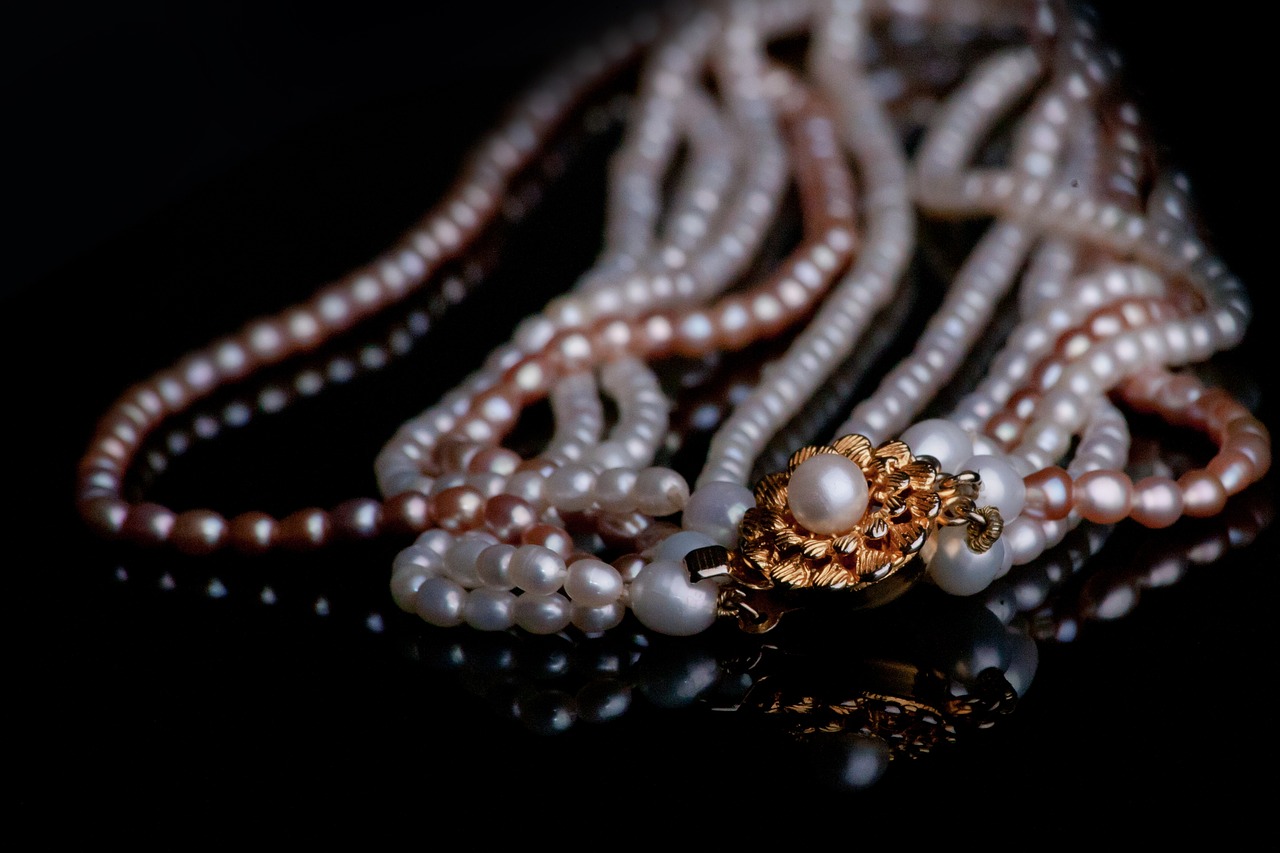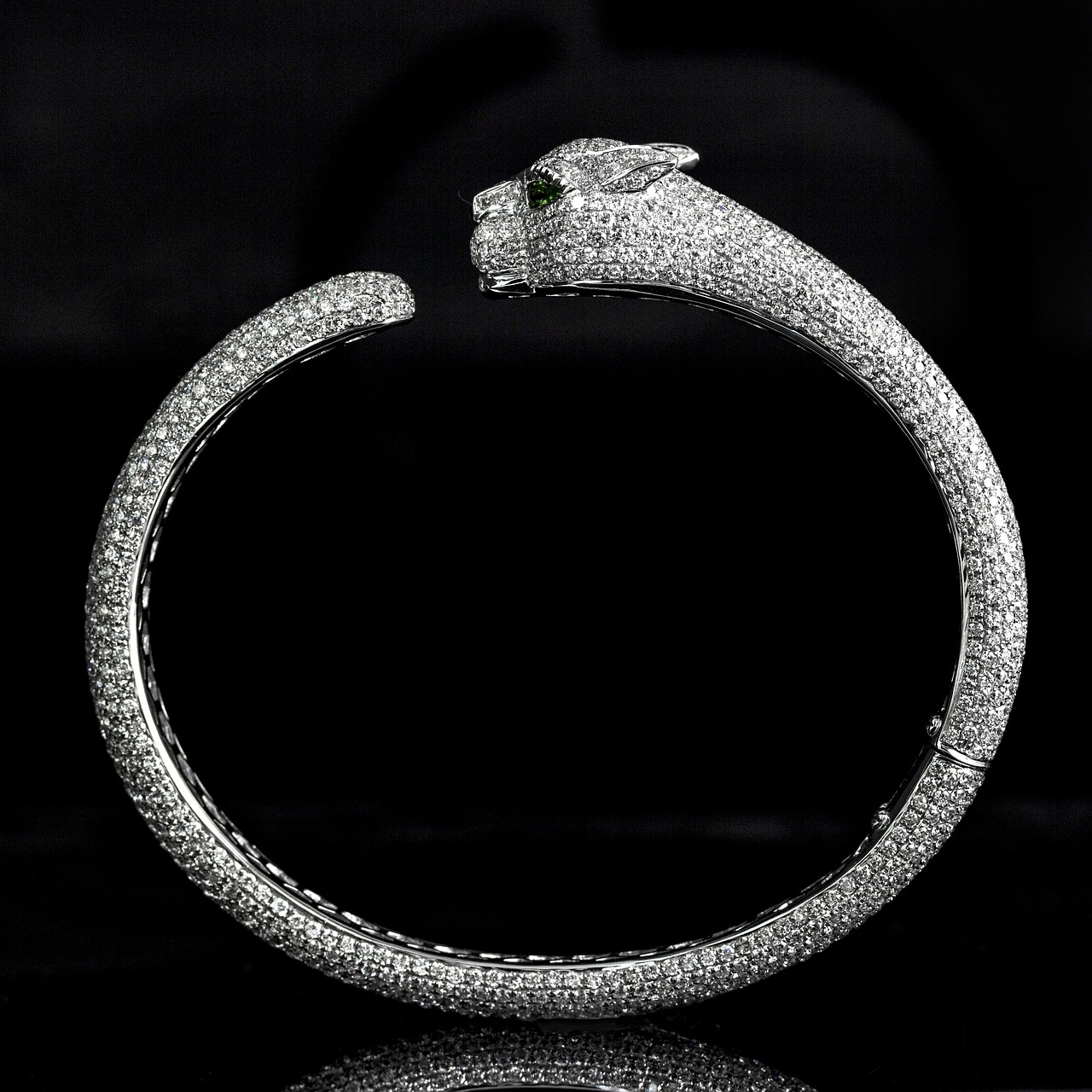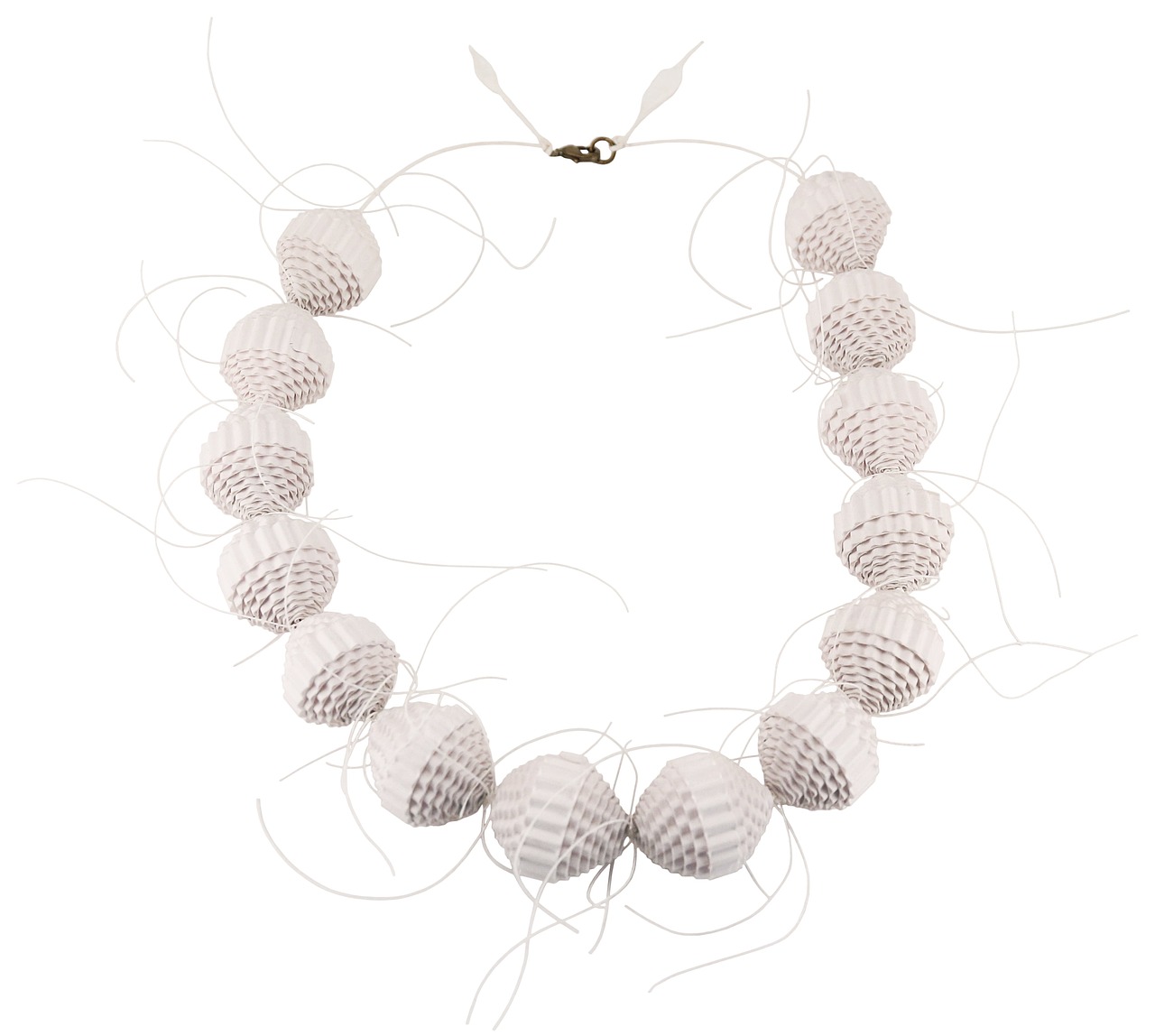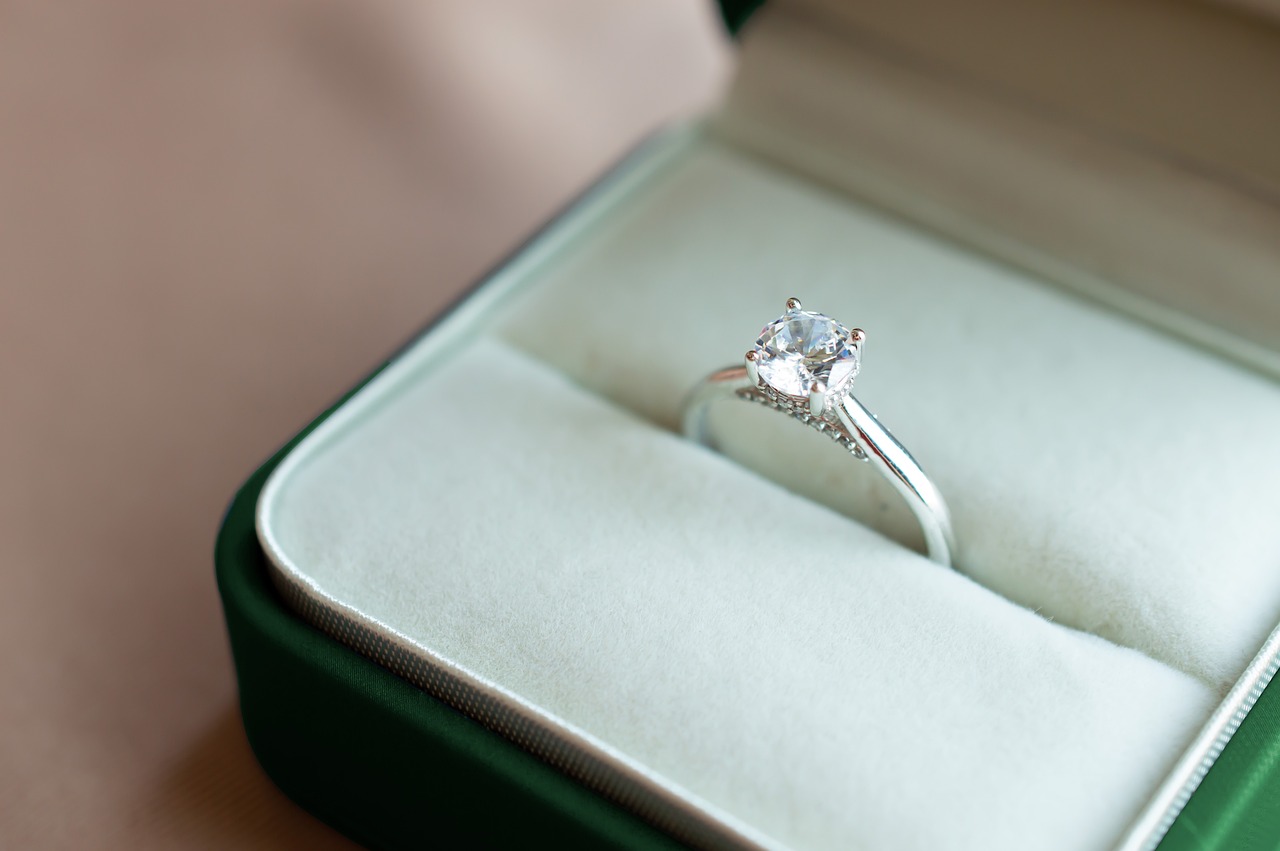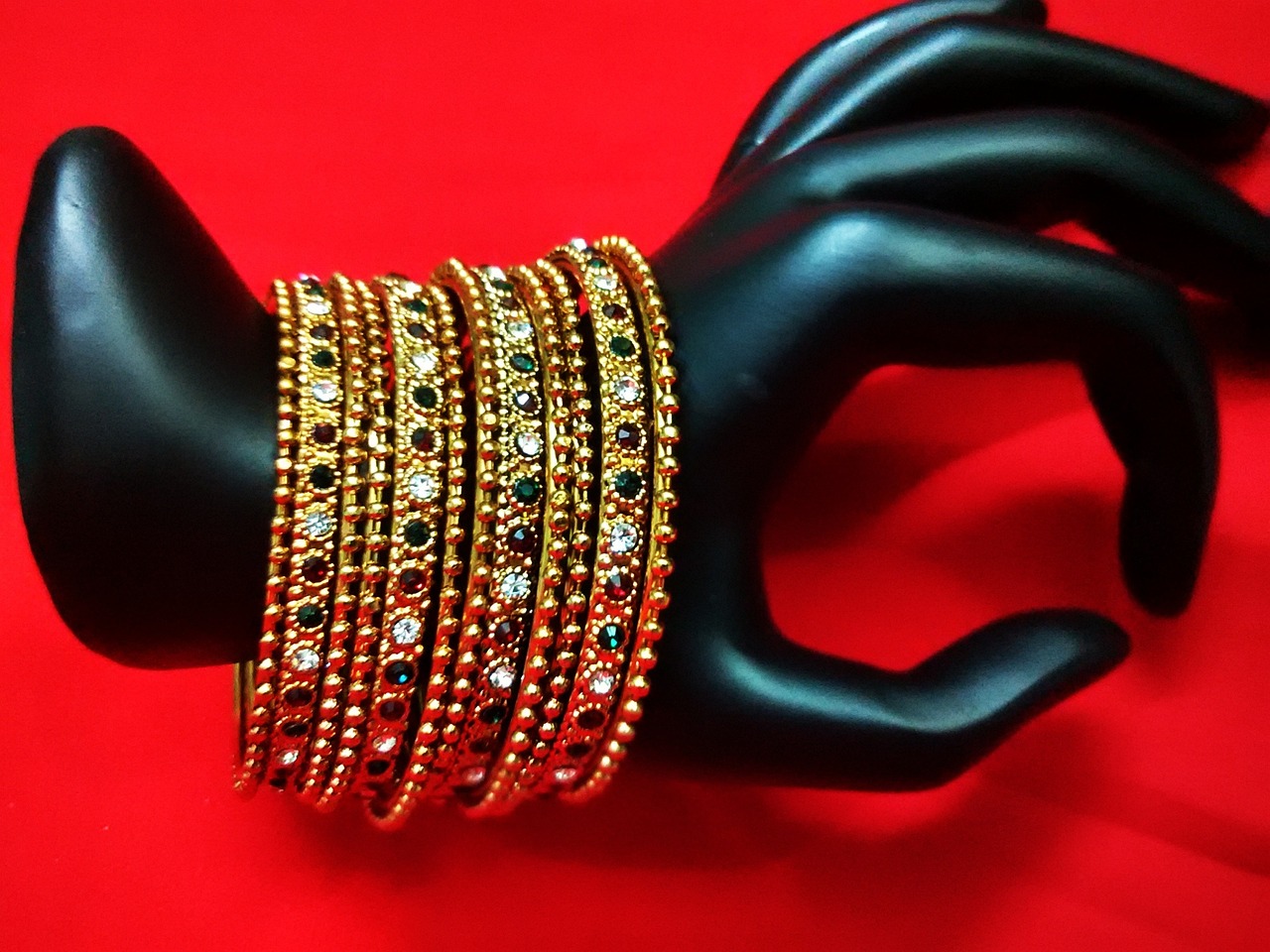This article delves into the rich history, cultural significance, and emotional value of friendship bracelets, highlighting their role in fostering connections and expressing sentiments among friends.
What Are Friendship Bracelets?
Friendship bracelets are typically handmade accessories crafted from colorful threads. They serve as powerful symbols of the bond between friends, often exchanged as tokens of loyalty and affection. These bracelets can be simple or intricate, depending on the creativity of the maker.
How Did Friendship Bracelets Originate?
The origins of friendship bracelets can be traced back to various cultures, particularly among Indigenous peoples in Central and South America. Here, they were woven as symbols of unity and connection, often representing deep-rooted traditions and communal ties.
What Materials Are Used in Making Friendship Bracelets?
Common materials for crafting friendship bracelets include:
- Embroidery floss
- Yarn
- Beads
These versatile components allow for endless creativity and personalization in design, making each bracelet unique to the friendship it represents.
How to Make Your Own Friendship Bracelet?
Creating a friendship bracelet is a fun and rewarding activity. Basic techniques include braiding, knotting, and weaving, making it accessible for crafters of all skill levels. Here’s a simple step-by-step guide:
1. Choose your materials.2. Cut threads to the desired length.3. Tie a knot at one end.4. Use basic knotting or braiding techniques to create your design.5. Finish with a secure knot.
What Do Friendship Bracelets Symbolize?
Friendship bracelets symbolize loyalty, love, and commitment. They serve as tangible reminders of the emotional bonds shared between friends, often representing shared experiences and cherished memories. Wearing a bracelet can evoke feelings of closeness, even when friends are apart.
How Are Friendship Bracelets Used in Different Cultures?
Various cultures incorporate friendship bracelets into their traditions. In some societies, they are exchanged during significant life events, such as birthdays or graduations, while in others, they symbolize community and belonging. This practice reinforces the idea that friendship is a universal value.
Why Are Friendship Bracelets Popular Among Teens?
The popularity of friendship bracelets among teens stems from their ability to express individuality and strengthen social connections. They serve as a rite of passage in many adolescent friendships, often marking the beginning of a special bond. The act of making and exchanging these bracelets can foster a sense of belonging and community.
How to Care for Your Friendship Bracelet?
Proper care ensures the longevity of friendship bracelets. Recommendations include:
- Avoiding exposure to water
- Storing them in a cool, dry place
- Gently cleaning them when necessary
By taking care of these cherished items, friends can preserve the memories and sentiments they represent.
In summary, friendship bracelets are more than just colorful accessories; they are meaningful tokens that embody the essence of friendship. Through their rich history and cultural significance, these bracelets continue to foster connections and express heartfelt sentiments among friends across the globe.
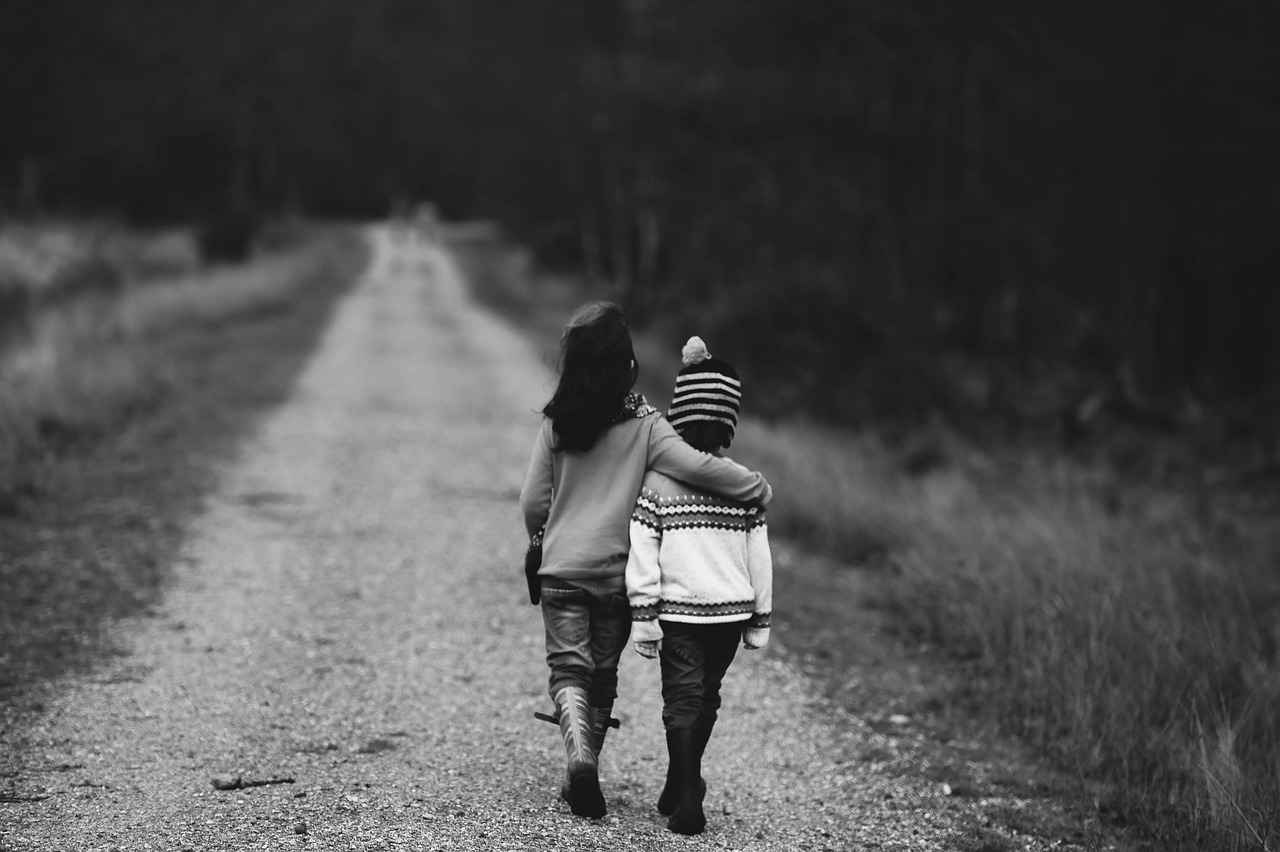
What Are Friendship Bracelets?
Friendship bracelets are more than just colorful accessories; they are a heartfelt expression of the bonds we share with our friends. These handmade creations, often crafted from vibrant threads, carry deep emotional significance and serve as a symbol of loyalty and affection. The act of exchanging friendship bracelets represents a commitment to maintaining these cherished relationships, making them a popular choice among people of all ages.
Friendship bracelets are typically handmade accessories crafted from a variety of materials, including colorful threads, beads, and sometimes even charms. The beauty of these bracelets lies in their personalization; each one can be uniquely designed to reflect the individual style of the giver and the recipient. This creativity allows friends to express their personalities and shared experiences through their chosen colors and patterns.
The tradition of making and exchanging friendship bracelets dates back centuries, with roots in various cultures, particularly among Indigenous peoples in Central and South America. These bracelets were woven as symbols of unity and connection, often used in rituals to signify the bonds of friendship. Over time, this tradition has spread globally, evolving into a popular craft that transcends cultural boundaries.
- Embroidery Floss: A common choice due to its wide range of colors and ease of use.
- Yarn: Offers a thicker texture, perfect for creating chunky bracelets.
- Beads: Can be added for extra flair and personalization.
- Leather: Used in some designs for a more rugged and durable bracelet.
The combination of these materials allows for endless creativity, enabling friends to create unique tokens that represent their bond.
Creating a friendship bracelet is not only fun but also a rewarding experience. Here are some basic techniques you can use:
1. Choose your materials.2. Cut the threads to your desired length.3. Tie a knot to secure the threads.4. Use braiding, knotting, or weaving techniques to create your design.
Whether you are a beginner or an experienced crafter, there are numerous tutorials available to guide you through the process.
At their core, friendship bracelets symbolize loyalty, love, and commitment. They serve as tangible reminders of the emotional bonds shared between friends, often representing shared experiences and memories. When a bracelet is given, it conveys a message that the friendship is valued and cherished.
Across various cultures, friendship bracelets are incorporated into different traditions. In some societies, they are exchanged during significant life events, such as birthdays or graduations, while in others, they symbolize community and belonging. This cultural diversity highlights the universal appeal of friendship bracelets as a means of fostering connections.
Friendship bracelets have gained immense popularity among teenagers, serving as a rite of passage that strengthens social connections. They allow teens to express their individuality while simultaneously reinforcing their bonds with friends. The act of creating and exchanging these bracelets fosters a sense of belonging and community, making them a cherished part of adolescent friendships.
To ensure the longevity of your friendship bracelet, proper care is essential. Here are some tips:
- Avoid exposure to water to prevent damage.
- Store them in a cool, dry place when not in use.
- Gently clean them using a soft cloth if necessary.
By following these simple care instructions, you can preserve the beauty and significance of your friendship bracelet for years to come.
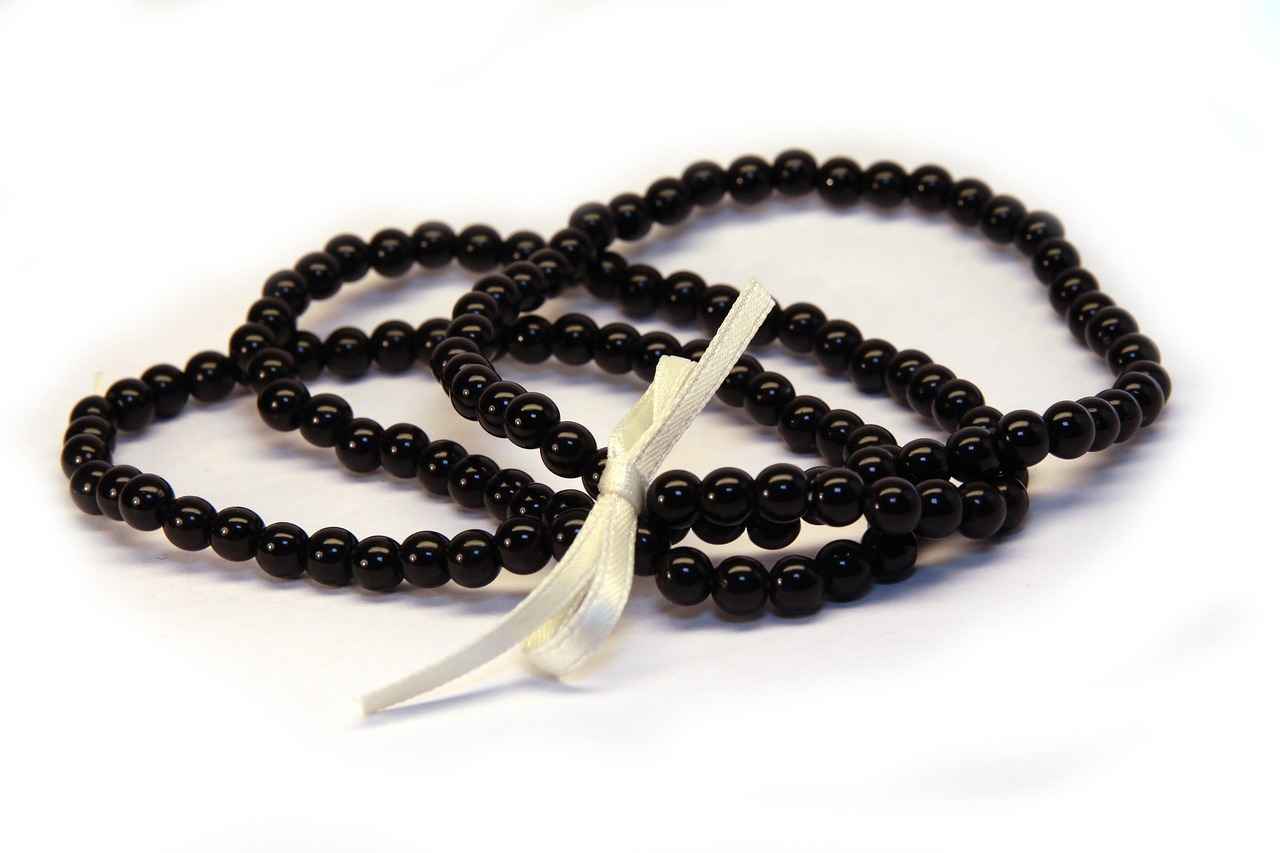
How Did Friendship Bracelets Originate?
Friendship bracelets have a fascinating history that reflects cultural traditions and the deep human need for connection. The origins of these bracelets can be traced back to various ancient civilizations, particularly among Indigenous peoples in Central and South America. In these cultures, the act of weaving threads into intricate patterns was not merely a craft but a powerful symbol of unity and connection.
The use of woven threads as a means of expressing friendship can be seen in the practices of the Guarani and Mayan peoples, who crafted these bracelets as tokens of loyalty and affection. These bracelets were often created during significant life events, such as rites of passage or community gatherings, serving as a physical representation of the bonds formed between individuals. The colors and patterns used in these bracelets held specific meanings, often reflecting the wearer’s personal journey or the relationship’s significance.
As time progressed, the tradition of friendship bracelets spread beyond their original cultural contexts. In the 1970s and 1980s, they gained popularity in the United States, particularly among children and teenagers. This resurgence was fueled by the DIY culture that emphasized creativity and self-expression. The simple act of making and exchanging friendship bracelets became a rite of passage for many young people, symbolizing their growing independence and social connections.
Today, friendship bracelets are made using a variety of materials, including embroidery floss, yarn, and even beads. The versatility in materials allows for endless creativity, enabling individuals to design unique pieces that reflect their personality and the nature of their friendships. The crafting process itself fosters a sense of community, as friends often come together to create these meaningful tokens, reinforcing their bonds through shared experiences.
In addition to their aesthetic appeal, friendship bracelets carry a deep emotional significance. They are often exchanged as promises of loyalty and commitment, serving as reminders of the cherished moments shared between friends. The act of giving a friendship bracelet is imbued with intention, symbolizing the desire to maintain and nurture the relationship over time.
Furthermore, the cultural significance of friendship bracelets continues to evolve. In various parts of the world, they are incorporated into different traditions and celebrations. For instance, in some communities, these bracelets are exchanged during festivals or as part of wedding ceremonies, signifying the importance of friendship and community ties. This adaptability highlights the universal nature of friendship and the desire for connection that transcends cultural boundaries.
In conclusion, the origins of friendship bracelets are deeply rooted in the history of human connection. From their beginnings among Indigenous cultures in Central and South America to their modern-day interpretations, these bracelets serve as powerful symbols of loyalty, love, and commitment. As they continue to evolve, friendship bracelets remain a cherished way to express sentiments and strengthen bonds, making them timeless accessories in the tapestry of human relationships.

What Materials Are Used in Making Friendship Bracelets?
Friendship bracelets are cherished tokens of affection, often crafted from a variety of materials that enhance their beauty and significance. Understanding the materials used in making these bracelets can inspire creativity and personalization, allowing crafters to express their unique styles and sentiments. This section delves into the common materials employed in crafting friendship bracelets, detailing their characteristics and how they contribute to the overall design.
- Embroidery Floss: This is perhaps the most popular material for making friendship bracelets. Embroidery floss is made from six strands of cotton, which can be separated to create different thicknesses. Available in a vast array of colors, it enables crafters to mix and match shades to reflect their personal style or the personality of the friend receiving the bracelet.
- Yarn: Yarn is another versatile option for friendship bracelets. It comes in various textures and weights, allowing for a more tactile feel. Yarn can be used to create thicker, cozier bracelets, which are perfect for colder seasons. The softness of yarn also adds a unique charm to the finished product.
- Beads: Incorporating beads into friendship bracelets adds a delightful touch of sparkle and individuality. Beads come in countless shapes, sizes, and colors, enabling the creator to personalize the bracelet further. They can be woven into the design or strung along with the threads to create patterns that hold special meaning.
- Leather: For a more rugged and durable bracelet, leather is an excellent choice. Leather friendship bracelets can be braided or knotted and often have a more masculine appeal. They can be adorned with metal charms or beads for added flair, making them suitable for both genders.
- Natural Fibers: Materials like hemp and jute are increasingly popular for eco-conscious crafters. These natural fibers provide a rustic look and feel, perfect for bohemian-style bracelets. They are biodegradable and sustainable, aligning with environmentally friendly practices.
- Metal Components: Adding metal elements, such as clasps or charms, can enhance the overall aesthetic of friendship bracelets. These components can be made from various metals, including silver, gold, or stainless steel, and can symbolize strength and durability in the friendship.
The combination of these materials allows for endless creativity in design. Crafters can experiment with different textures, colors, and embellishments to create unique pieces that resonate with the recipient. For example, a bracelet made from bright embroidery floss can convey a sense of joy and playfulness, while a leather bracelet may symbolize strength and resilience.
Moreover, the process of selecting materials can be a deeply personal experience. Many people choose colors that represent their friendships or incorporate symbols that reflect shared experiences or inside jokes. This level of personalization not only enhances the bracelet’s aesthetic value but also deepens the emotional connection between friends.
In conclusion, the materials used to create friendship bracelets play a crucial role in their design and significance. Whether opting for the vibrant hues of embroidery floss, the cozy feel of yarn, or the rustic charm of natural fibers, each material contributes to the bracelet’s unique story. The versatility of these components allows for a wide range of creativity, making friendship bracelets a beloved craft that continues to foster connections among friends.

How to Make Your Own Friendship Bracelet?
Creating a friendship bracelet is a fun and rewarding activity that allows you to express your creativity while strengthening bonds with friends. This craft is not only enjoyable but also serves as a meaningful way to symbolize the connections you share with others. Whether you are a beginner or have some experience, making friendship bracelets can be an engaging way to spend your time.
Before diving into the crafting process, gather your materials. Here are the essential items you’ll need:
- Embroidery floss or yarn in various colors
- Scissors for cutting the threads
- Tape or a clipboard to hold your bracelet while you work
- Beads for added decoration (optional)
To create a friendship bracelet, you will primarily use three basic techniques: braiding, knotting, and weaving. Each of these methods is simple yet allows for a variety of designs.
1. Cut three lengths of embroidery floss, each about 24 inches long.2. Tie a knot at one end, leaving a small loop.3. Secure the knotted end to a flat surface using tape or a clipboard.4. Braid the three strands together, making sure to keep the tension even.5. Once you reach the desired length, tie another knot at the end.6. Trim any excess thread.
For those looking to add more complexity to their bracelets, mastering basic knotting techniques is essential. The square knot and half-hitch are foundational knots that can enhance your designs significantly.
To create a square knot:1. Take two strands and cross the right strand over the left.2. Bring the right strand under the left and pull tight.3. Repeat the process, starting with the left strand this time.
Once you are comfortable with basic techniques, consider exploring advanced weaving patterns such as the chevron or spiral. These patterns can add intricate designs that elevate the bracelet’s visual appeal. The key is to follow the pattern carefully and maintain consistent tension throughout the process.
One of the best aspects of making friendship bracelets is the opportunity for personalization. You can choose colors that represent your friend’s personality or incorporate beads that hold special meaning. This makes each bracelet unique and tailored specifically for the recipient.
Here are some tips to ensure your crafting experience is enjoyable and successful:
- Choose a comfortable workspace where you can focus on your project.
- Take breaks to avoid frustration, especially when learning new techniques.
- Practice regularly to improve your skills and try out different designs.
Once you have completed your friendship bracelet, consider sharing it with your friends or family. This not only spreads joy but also encourages others to join in on the crafting fun. Exchanging bracelets can strengthen your connections and create lasting memories.
Basic Knotting Techniques
are the cornerstone of crafting beautiful friendship bracelets. By mastering these essential skills, crafters can create stunning designs that symbolize the bonds of friendship. The two most fundamental knots used in bracelet making are the square knot and the half-hitch. Understanding these knots not only forms the basis for many bracelet styles but also enhances your overall crafting experience.
The square knot, also known as the reef knot, is a simple yet effective knot that provides a secure hold. To create a square knot, you will need two strands of thread. Follow these steps:
- Cross the right strand over the left strand.
- Wrap the right strand behind the left and pull it through the loop.
- Now, cross the left strand over the right strand.
- Wrap the left strand behind the right and pull it through the loop.
When pulled tight, the square knot creates a flat, neat finish that is perfect for the base of your bracelet.
The half-hitch knot is another fundamental technique that is widely used in friendship bracelet making. This knot is particularly useful for creating intricate patterns. Here’s how to tie a half-hitch:
- Take one strand and wrap it around the other strand.
- Pull the end of the first strand through the loop created.
- Tighten the knot by pulling both strands apart.
This knot can be repeated multiple times to achieve different designs, making it a versatile technique in your crafting toolkit.
Once you are comfortable with the square knot and half-hitch, you can start combining these techniques to create unique patterns. For instance, alternating between the two knots can produce a visually appealing texture that enhances your bracelet’s overall look. Additionally, experimenting with different colors of thread can add a personal touch to each piece.
To improve your knotting skills, consider the following tips:
- Practice regularly: The more you practice, the better you will become at tying knots quickly and accurately.
- Use different materials: Experimenting with various types of threads can help you understand how different materials behave when knotted.
- Watch tutorials: Online videos can provide visual guidance, making it easier to grasp the techniques.
Mastering basic knotting techniques is crucial for anyone interested in creating friendship bracelets. The square knot and half-hitch serve as the foundation for countless designs, allowing crafters to express their creativity while symbolizing the bonds of friendship. By practicing these techniques, you can elevate your bracelet-making skills and create meaningful gifts for your friends.
Advanced Weaving Patterns
As crafters become more adept at creating friendship bracelets, they often seek to enhance their skills by exploring . These intricate designs not only add visual appeal but also allow for greater creativity and personalization in each bracelet. In this section, we’ll delve into some popular advanced techniques, including chevron and spiral patterns, and how they can transform a simple bracelet into a unique piece of art.
The chevron pattern is characterized by its distinctive V-shape, which creates a striking visual effect. This pattern is achieved by alternating colors in a specific sequence, allowing for a variety of color combinations. To create a chevron pattern, crafters typically use the following steps:
- Start with a base of two colors of thread.
- Use a series of knotting techniques to form the V-shapes.
- Continue the pattern until the desired length is reached.
The result is a vibrant and dynamic bracelet that captures attention and showcases the maker’s skill.
Another enchanting design is the spiral pattern, which adds a sense of movement and fluidity to the bracelet. This pattern is created by twisting colors together in a way that forms a spiral effect. To craft a spiral pattern, follow these steps:
- Choose three or more colors for a more complex design.
- Begin knotting the threads together, ensuring that each knot is tight to maintain the spiral shape.
- Continue this process, alternating the colors as you move along the length of the bracelet.
The spiral pattern not only looks stunning but also represents the journey of friendship, symbolizing growth and evolution over time.
Once crafters master individual patterns, they can experiment by combining different weaving techniques. For example, integrating chevron and spiral patterns can create a visually striking bracelet that tells a story through its design. This approach encourages creativity and allows crafters to express their individuality.
To successfully create advanced weaving patterns, consider the following tips:
- Practice Makes Perfect: Don’t be discouraged if your first attempts don’t turn out perfectly. Each project is a learning experience.
- Choose Quality Materials: Using high-quality threads will enhance the overall look and durability of your bracelets.
- Plan Your Design: Sketching out your design beforehand can help visualize the final product and ensure a more cohesive look.
By incorporating these advanced techniques into your crafting repertoire, you can elevate your friendship bracelet-making skills and create pieces that are not only beautiful but also deeply meaningful. Whether you’re making a bracelet for yourself or as a gift for a friend, the intricate designs will undoubtedly be cherished for years to come.

What Do Friendship Bracelets Symbolize?
Friendship bracelets are more than just colorful threads woven together; they are powerful symbols of loyalty, love, and commitment. These handmade accessories carry deep emotional significance, serving as tangible reminders of the bonds shared between friends. Through the act of exchanging these bracelets, individuals express their feelings and strengthen their connections.
When friends exchange friendship bracelets, they are not merely giving a gift; they are celebrating their relationship. Each bracelet tells a story, representing shared experiences, memories, and promises. The act of wearing a bracelet signifies a commitment to support and cherish one another, reinforcing the idea that true friendship is built on trust and understanding.
The colors used in friendship bracelets can also convey specific meanings. For example:
- Red: Represents love and passion.
- Blue: Symbolizes loyalty and trust.
- Green: Signifies growth and harmony.
- Purple: Represents creativity and individuality.
By choosing specific colors, friends can communicate their unique sentiments and strengthen their emotional ties.
Friendship bracelets have a rich history and cultural significance across various societies. In many Indigenous cultures of Central and South America, these bracelets are woven as symbols of unity, often exchanged during important life events. They serve as reminders of community and belonging, illustrating that the bonds of friendship extend beyond the individual.
Friendship bracelets are often viewed as timeless gifts because they transcend age and cultural barriers. They are popular among children, teens, and adults alike, making them a versatile choice for expressing affection. The act of creating or gifting a bracelet can be a heartfelt gesture, reinforcing the idea that friendship is a cherished bond that deserves recognition.
Exchanging friendship bracelets can foster a sense of connection and belonging. When friends wear matching bracelets, it creates a visual representation of their bond, reminding them of each other even when apart. This shared experience can enhance feelings of closeness and loyalty, making the friendship feel more significant.
Wearing a friendship bracelet can evoke a range of emotions, from nostalgia to happiness. Each time a person looks at their bracelet, it can trigger memories of joyful moments spent together, reinforcing the emotional bond. This sense of connection can be particularly comforting during challenging times, reminding individuals that they are not alone.
Personalization is key to making friendship bracelets truly special. Friends can incorporate initials, symbols, or even charms that represent their shared interests or experiences. This level of customization not only enhances the bracelet’s aesthetic appeal but also deepens its emotional significance, making it a unique token of friendship.
In summary, friendship bracelets symbolize much more than just a fashionable accessory. They embody the essence of loyalty, love, and commitment, serving as lasting reminders of the emotional bonds shared between friends. Through their rich cultural history and personal significance, these bracelets continue to be cherished tokens of friendship across generations.
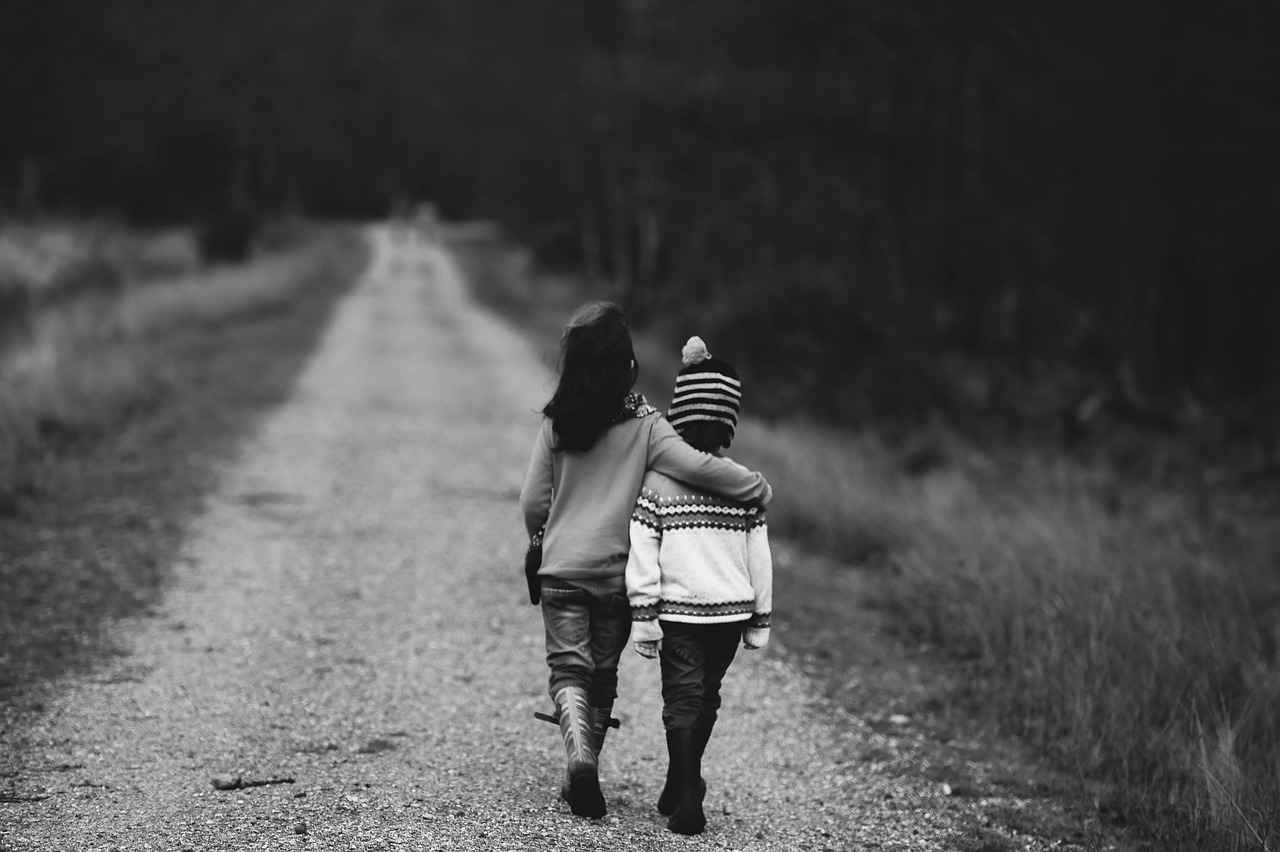
How Are Friendship Bracelets Used in Different Cultures?
Friendship bracelets hold a special place in the hearts of many across the globe, serving as a representation of bonds that transcend mere friendship. These colorful accessories are not just decorative; they carry profound meanings and are deeply embedded in various cultural practices.
Exchanging Friendship Bracelets During Significant Life Events
In many cultures, friendship bracelets are exchanged during pivotal life events. For example, in some Indigenous communities in Central America, these bracelets are given during rites of passage such as coming-of-age ceremonies. They symbolize the transition into adulthood and the strong connections that will support individuals through their journey.
Community and Belonging
In other societies, friendship bracelets serve as a symbol of community and belonging. For instance, in certain African cultures, the act of giving a bracelet can signify acceptance into a group or tribe. The colors and patterns of the bracelets often represent the specific community, allowing wearers to showcase their identity and solidarity with others.
Artistic Expression and Personalization
Friendship bracelets also allow for artistic expression. In Western cultures, particularly among teenagers, creating and exchanging these bracelets is a popular pastime. The customization of colors and patterns enables individuals to express their unique personalities and the special bond they share with their friends. This practice fosters creativity and strengthens friendships through shared experiences.
Spiritual Significance
In some cultures, friendship bracelets carry spiritual significance. For example, in Hindu traditions, the rakhi is a special type of bracelet exchanged between brothers and sisters during the festival of Raksha Bandhan. It symbolizes protection and the sacred bond between siblings, illustrating how friendship can extend beyond mere companionship to encompass familial ties.
Friendship Bracelets in Modern Culture
Today, friendship bracelets have gained popularity worldwide, especially through social media platforms. Many people share tutorials and patterns, encouraging others to participate in this time-honored tradition. The rise of DIY culture has made it easier for individuals to create personalized bracelets, further enhancing their emotional value.
Symbol of Support and Solidarity
In recent years, friendship bracelets have also been used as symbols of support and solidarity for various social causes. For example, colorful bracelets are often worn to raise awareness for mental health issues, cancer research, and other charitable initiatives. By wearing these bracelets, individuals show their commitment to a cause while also fostering connections with others who share similar values.
Conclusion
The diverse uses of friendship bracelets across cultures highlight their significance beyond mere adornment. Whether exchanged during important life events, used as symbols of community, or crafted as expressions of individuality, these bracelets embody the essence of human connection. As they continue to evolve, friendship bracelets remain a timeless representation of loyalty, love, and belonging.

Why Are Friendship Bracelets Popular Among Teens?
Friendship bracelets have emerged as a significant trend among teenagers, serving not only as fashionable accessories but also as meaningful symbols of connection and loyalty. Their popularity can be attributed to several factors that resonate deeply with the adolescent experience.
One of the primary reasons for the popularity of friendship bracelets among teens is their unique ability to express individuality. Each bracelet can be customized in terms of color, pattern, and design, allowing teenagers to showcase their personal style and creativity. This customization fosters a sense of ownership and pride, making the bracelet more than just a piece of jewelry; it becomes a reflection of their identity.
Friendship bracelets also play a crucial role in strengthening social connections. The act of giving or receiving a bracelet often signifies a deeper bond between friends. It is not uncommon for teens to exchange these bracelets during significant moments, such as birthdays or milestones, marking the evolution of their friendship. This ritual creates shared memories, reinforcing their emotional ties.
For many adolescents, the exchange of friendship bracelets serves as a rite of passage. As friendships evolve, these bracelets symbolize loyalty and commitment, representing a promise to support one another through the ups and downs of teenage life. This tradition can help teens navigate the complexities of growing up, providing a tangible reminder of their connections.
In today’s digital age, social media platforms have significantly influenced the popularity of friendship bracelets. Teens often share their creations online, showcasing their designs and the stories behind them. This visibility encourages others to participate in the trend, leading to a wider acceptance and appreciation of these handcrafted tokens of friendship. The hashtag culture surrounding friendship bracelets allows for a vibrant community where teens can connect over their shared interests.
Moreover, the process of making friendship bracelets can be therapeutic. Engaging in a creative activity helps teens manage stress and express their emotions. Crafting allows them to focus on something positive, providing a sense of accomplishment and boosting self-esteem. This aspect of bracelet-making adds another layer to their appeal, making them not just a fashion statement, but a source of emotional support.
Friendship bracelets also foster a sense of community and belonging among teens. In school settings, wearing matching bracelets can signify group identity, helping to strengthen friendships within peer groups. This collective aspect encourages inclusivity, as teens often invite others to join in the bracelet-making activity, further expanding their social circles.
In summary, the popularity of friendship bracelets among teens is a multifaceted phenomenon. Their ability to express individuality, strengthen social connections, and serve as a rite of passage plays a significant role in their appeal. Additionally, the influence of social media, the therapeutic benefits of crafting, and the promotion of community contribute to their enduring popularity. As trends evolve, friendship bracelets remain a timeless symbol of the bonds that unite us during the formative years of adolescence.

How to Care for Your Friendship Bracelet?
Friendship bracelets are not just beautiful accessories; they hold deep sentimental value and represent cherished connections between friends. To ensure these tokens of affection last for years to come, proper care is essential. This guide delves into effective methods for maintaining your friendship bracelets, ensuring they remain as vibrant and meaningful as the day they were made.
Friendship bracelets can be delicate, often made from colorful threads and materials that may wear down over time. Proper care not only preserves their appearance but also maintains the emotional significance they carry. A well-cared-for bracelet can serve as a lasting reminder of friendship and shared memories.
One of the primary enemies of friendship bracelets is water. Exposure to moisture can lead to fading, fraying, or even the breakdown of the materials used. To prevent this:
- Avoid wearing your bracelet while swimming or showering.
- Remove it before engaging in any water-related activities.
- If it gets wet, gently pat it dry with a soft cloth and allow it to air dry completely.
Storage plays a crucial role in the longevity of friendship bracelets. Here are some tips to keep them safe:
- Choose a cool, dry place: Avoid areas with high humidity or direct sunlight, as these can cause colors to fade.
- Use a soft pouch or box: Store your bracelets in a soft fabric pouch or a small box to prevent tangling and damage.
- Avoid heavy items: Don’t place heavy objects on top of your bracelets, as this can cause them to lose shape or break.
Over time, friendship bracelets can accumulate dust and dirt. Regular cleaning is necessary to keep them looking fresh:
- Use a soft brush: A gentle brush can help remove dirt without damaging the threads.
- Spot clean with care: If stains occur, use a damp cloth with mild soap to spot clean. Ensure you rinse thoroughly and dry completely.
In case of fraying or breakage, many friendship bracelets can be repaired:
- Re-knotting: If a knot comes undone, simply re-knot the threads securely.
- Adding new thread: For significant damage, consider adding new thread to replace broken sections, allowing you to maintain the bracelet’s integrity.
To ensure the longevity of your friendship bracelet, be mindful of the following:
- Avoid harsh chemicals: Keep your bracelet away from perfumes, lotions, and cleaning products that can cause discoloration.
- Don’t pull or tug: Handle your bracelet gently to prevent stretching or breaking the threads.
By following these simple yet effective care tips, you can ensure that your friendship bracelet remains a beautiful and enduring symbol of your cherished relationships. Whether it’s a gift from a friend or a handmade creation, taking the time to care for it reflects the value you place on your connections.
Frequently Asked Questions
- What is the significance of friendship bracelets?
Friendship bracelets symbolize the bond between friends, representing loyalty, love, and shared experiences. They are tangible reminders of the emotional connections we hold dear.
- Can I create my own friendship bracelet?
Absolutely! Making your own friendship bracelet is a fun and creative process. You can use basic techniques like braiding and knotting, or explore advanced weaving patterns to personalize your design.
- What materials do I need to make a friendship bracelet?
You can use a variety of materials, such as embroidery floss, yarn, or even beads. These components allow for endless creativity, so choose what resonates with you!
- How do I care for my friendship bracelet?
To keep your friendship bracelet looking great, avoid exposing it to water, store it in a cool, dry place, and clean it gently when needed. Proper care ensures it lasts for years to come!
- Why are friendship bracelets popular among teenagers?
Friendship bracelets are a hit among teens because they express individuality and strengthen social bonds. They often serve as a rite of passage, symbolizing important friendships during adolescence.
